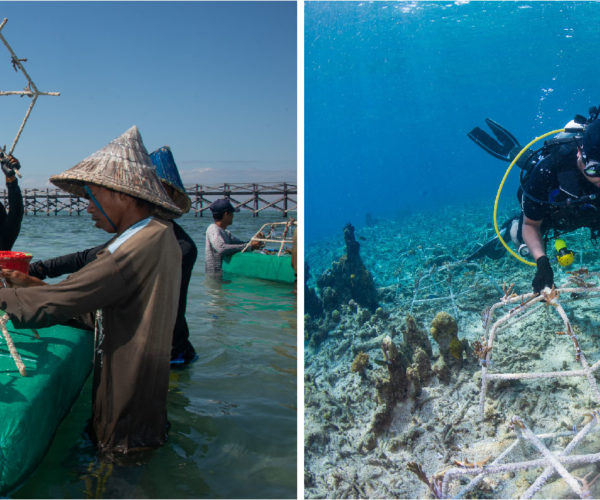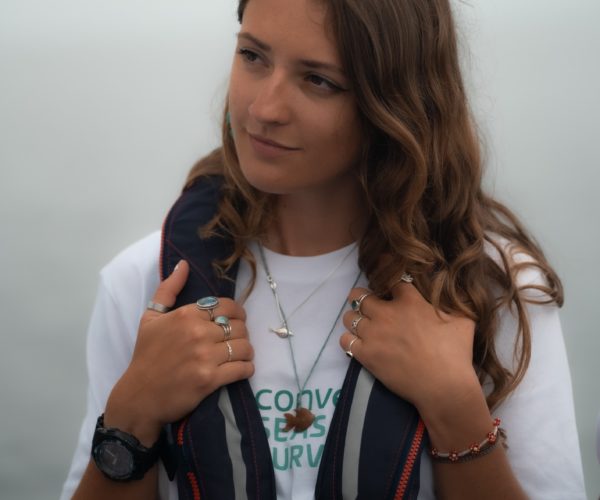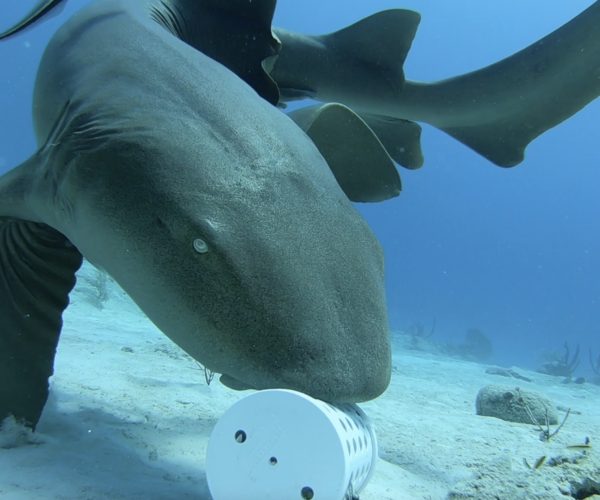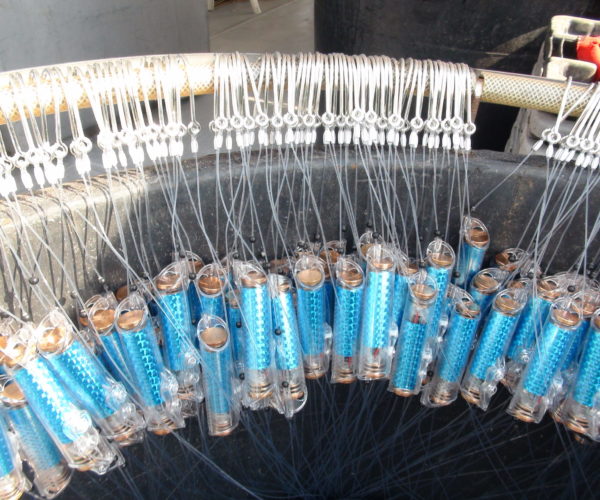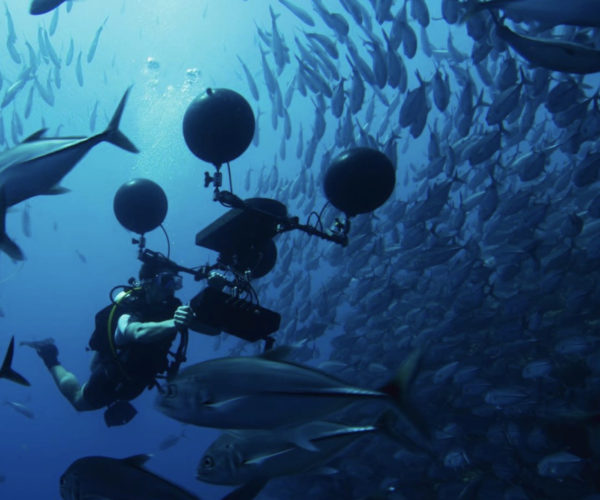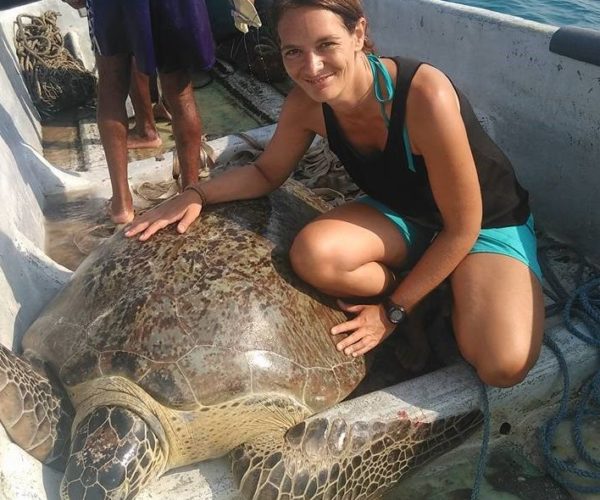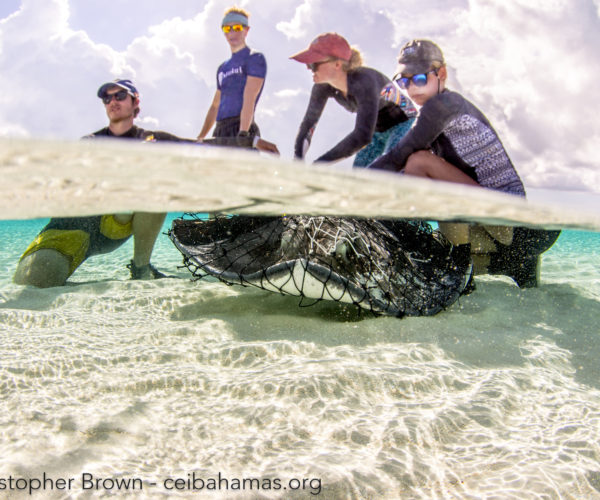Author: Dr Ines Lange The coral reefs off South Sulawesi in Indonesia are stunningly beautiful, with an incredible variety of colourful corals covering the entire […]
Tag: ecology
MSc Graduate in Focus – Tara Rebecca Williams
Our world-leading marine research underpins a wide range of undergraduate and postgraduate programmes. In our MSc Graduate in Focus series we look at the achievements of […]
Research Insights: Kristian Parton – ‘Opportunistic camera surveys provide insight into discreet foraging behaviours in nurse sharks’
University of Exeter research associate Kristian Parton recently published a paper investigating the variety of foraging behaviours exhibited by nurse sharks in The Turks and […]
Research Insights: Dr Phil Doherty on “SharkGuard” – A Novel Bycatch Mitigation Device
Oceanic sharks & ray populations have declined >70% in the last 50 yrs. ExeterMarine lecturer Dr Phil Doherty recently published an exciting paper using a […]
Exeter Marine Podcast – Arctic Terns, Basking Sharks; Bluefin Tuna, with Dr. Lucy Hawkes
In this episode we talk to Dr. Lucy Hawkes about a number of her research areas including arctic terns, basking sharks and bluefin tuna. […]
Exeter Marine Podcast – Coral Reef Bioacoustics Part I, with Prof. Steve Simpson
https://soundcloud.com/scientistsatsea/coral-reef-bioacoustics-part-i-with-prof-steve-simpson/s-GrrNyTaArcM Show notes In this episode Professor Steve Simpson talks to us about his research covering a number of topics focusing primarily on his […]
MSc Graduate In Focus: Catherine Hart
Our world-leading marine research underpins a wide range of undergraduate and postgraduate programmes: Research-led teaching | Exeter Marine | University of Exeter. In our Graduate […]
MSc Graduate In Focus: Joana Hanock
Our world-leading marine research underpins a wide range of undergraduate and postgraduate programmes: Research-led teaching | Exeter Marine | University of Exeter. In our Graduate […]
IPCC Research Confidence in the field of Coral Reef Futures – Jennifer McWhorter
Research Confidence in the field of Coral Reef Futures (Based on IPCC 2019 Report, Chapter 5, Changing Ocean, Marine Ecosystems, and Dependent Communities) Author, Jennifer […]
Scientists at Sea Podcast – The Stingray Episode: with Ethan Wrigglesworth and Molly Meadows
In this episode, we get to know our regular presenters a little better. Ethan and Molly talk to Ben, the producer, about the work they […]

